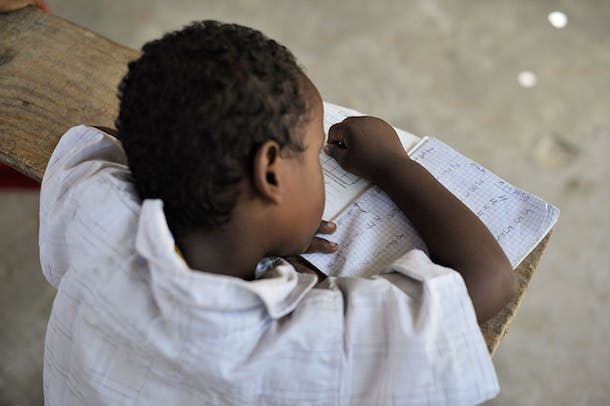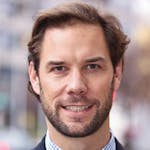
Editor’s Note: This post originally appeared on the World Economic Forum’s “Agenda” blog.
The world’s governments are meeting in Addis Ababa in Ethiopia this week to establish new global ground rules for investing in people, planet, and prosperity. The occasion is the UN’s major conference on financing for development (FFD) and a formal agreement will be published.
Over coming days, pundits will parse the text and offer pronouncements on its successes and gaps. But to understand what is really happening, you need to zoom out and look at practical decisions already being taken by public and private actors around the world.
The UN document looks set to move the world forward on several fronts. Perhaps the most important is a commitment to provide essential services for all of humanity by 2030, including health, education, and drinking water. Another is a new approach to boosting infrastructure with a special emphasis on sustainability. A third is a universal commitment to improve “domestic resource mobilization” efforts, with special attention to addressing gaps in tax collection and cooperation.
But the Addis agreement will present just one piece of the global FFD story. Many sources of practical momentum are already taking shape in parallel to the official UN process, and often directly stimulated by it. We recently conducted, in collaboration with fellow members of the World Economic Forum’s Global Agenda Council on Sustainable Development, a rapid scoping of FFD-linked actions around the world since the beginning of 2015. Our Council’s conclusion boils down to a simple concept. Current global FFD efforts are best summarized as “Addis Plus Much More.”
The following are just a handful of the major practical actions that have already taken shape this year:
- In January, the GAVI (Global Vaccine) Alliance completed its five-year replenishment of $7.5 billion for 2016-2020. This represents a 74% annual increase on its previous replenishment, a 28% increase in its total available resources, and more than a 50% expansion in its overall coverage targets.
- In March, the UK created the world’s largest contiguous ocean reserve, setting aside 322,000 square miles around the Pitcairn Islands. No commercial fishing or seafloor mining will be permitted within the reserve.
- In April, led by the People’s Republic of China, 57 nations were included as founding members of the new Asian Infrastructure Investment Bank, which will be capitalized with $50 billion.
- In April, the Universal Financial Access 2020 initiative – including the World Bank and a variety of government, corporate and non-governmental partners – committed to reach as many as 1 billion adults who are now financially excluded, and help them to gain access to a transaction account by 2020.
- In May, the Asian Development Bank (ADB) approved a plan to combine the lending operations of the bank’s Asian Development Fund with its ordinary capital resources balance sheet. The merger will boost ADB’s total annual lending and grant approvals to as much as $20 billion, 50% more than the current level.
- In June, the Consumer Goods Forum, a network of approximately 400 companies with combined annual sales of more than $2.5 trillion, announced a commitment to cut food waste by half by 2025, compared to 2016.
- In June, the Bill & Melinda Gates Foundation announced a commitment of $776 million for nutrition over the next six years, more than doubling its previous commitment.
These are just some of the actions described in our Global Agenda Council document, which represent the first steps of the massive scaling up of investment required to achieve sustainable development success for the coming generation.
In September, the UN will convene a much bigger summit in New York, where world leaders will gather to confirm specific sustainable development goals (SDGs) to promote people, planet, and prosperity through to 2030. The formal negotiators face a crucial task in confirming a bold and measurable agreement that can galvanize a generation. In the meantime, the world’s public and private actors have both an opportunity and responsibility to advance the practical aspects of the SDG agenda. The challenge for them should be “New York Plus Much More.”
* Authors: Homi Kharas is Senior Fellow and Deputy Director, Global Economy and Development, Brookings Institution, USA. John McArthur is Senior Fellow, United Nations Foundation, USA (twitter @mcarthur).



 View All Blog Posts
View All Blog Posts